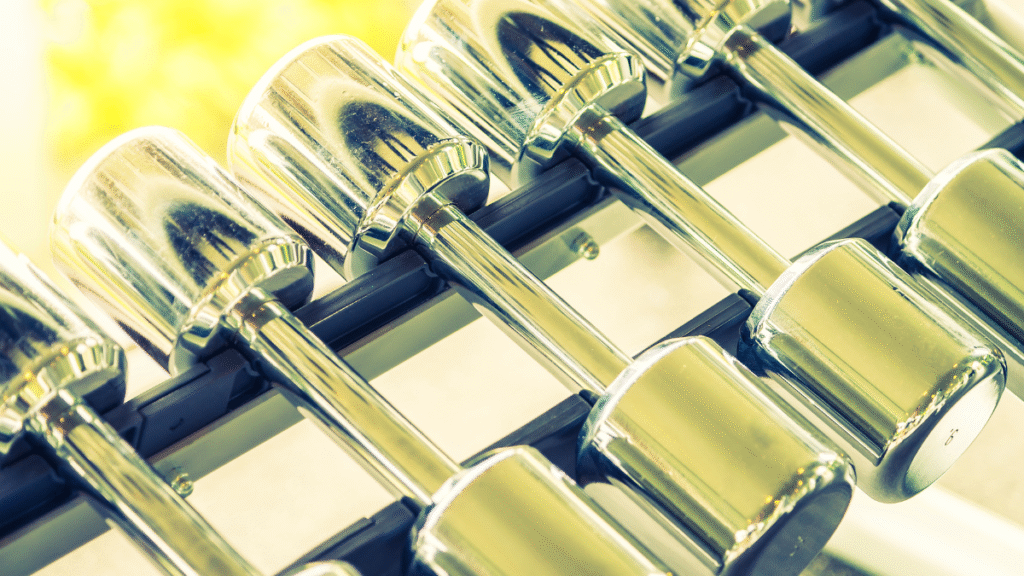In the world of automotive engineering, the universal joint stands as a small yet critical component that plays a significant role in enabling smooth power transmission between engine and wheels. Also known as U-joint or Hooke joint, the universal joint has evolved remarkably over the decades. From its rudimentary mechanical origins to its current advanced design integrated into sophisticated drive systems, this component has undergone significant transformation. This article explores the journey of the universal joint, highlighting its historical development, engineering innovations, and continued relevance in today’s automotive industry.
Origins of the Universal Joint
The universal joint dates back several centuries, with its earliest versions credited to the works of Italian mathematician Gerolamo Cardano in the 16th century. Although not used in vehicles at that time, his mechanism was a pivotal invention in allowing rotary motion between misaligned shafts. As mechanical devices advanced, this joint was adopted in various industries, including watchmaking and textile machinery.
It wasn’t until the rise of the automotive industry in the late 19th and early 20th centuries that the universal joint found its place under the hood. Early automobiles required a way to transmit power from the engine to the wheels, especially in rear-wheel-drive layouts. The universal joint became essential in accommodating the angular movement and misalignments between the transmission and the drive shaft.
The Rise of the Automobile and U-Joint Integration
With the invention of the internal combustion engine and mass production of automobiles by companies like Ford, the universal joint found widespread usage in drive shafts. Early designs were basic, consisting of two yokes connected by a cross-shaped pivot. While functional, these early U-joints had limitations, including vibration at high speeds and wear over time due to poor lubrication.
As vehicle speeds and performance expectations grew, so did the need for better universal joints. Manufacturers began to improve metallurgy and design tolerances to ensure greater strength and durability. This led to the development of enclosed or sealed U-joints that included grease fittings for improved maintenance and longevity.
Technological Advancements in Universal Joints
The post-World War II era brought a surge in automotive technology. Vehicles were now expected to perform better, last longer, and provide smoother rides. Universal joint manufacturers responded by introducing precision-forged cross bearings, improved bearing caps, and tighter tolerances. These enhancements reduced vibration and improved balance.
One significant advancement was the introduction of constant velocity (CV) joints, which evolved as an alternative to the traditional U-joint in front-wheel-drive vehicles. Although different in design, CV joints serve a similar function—transmitting power at variable angles—but with smoother rotation. However, universal joints remained vital in rear-wheel and four-wheel-drive systems due to their robustness and cost-effectiveness.
Moreover, innovations in materials—like the use of heat-treated alloy steels—allowed U-joints to handle greater torque and endure harsher driving conditions. The advent of computer-aided design (CAD) in the late 20th century enabled engineers to model stress distribution and optimize designs for performance and weight savings.
Universal Joints in Modern Vehicles
Today’s vehicles are more advanced than ever, featuring complex drivetrain systems and varying power delivery architectures. The universal joint continues to play an important role, particularly in trucks, SUVs, off-road vehicles, and commercial vehicles. Its ability to handle high torque loads, especially in four-wheel-drive and heavy-duty applications, keeps it relevant.
Modern U-joints are now often maintenance-free, using sealed bearings with long-lasting lubricants. Engineers have also enhanced corrosion resistance through special coatings and improved sealing technology. With advancements in driveline balancing techniques, universal joints now contribute to reduced NVH (Noise, Vibration, and Harshness) in vehicles, improving overall ride quality.
Even electric vehicles (EVs), which have fewer mechanical components, utilize universal joints in specific applications, especially in hybrid models or performance EVs that feature multiple drive shafts or complex suspension systems.
Challenges and the Road Ahead
Despite their durability, universal joints are not without challenges. Over time, they can wear out due to continuous flexing and contamination, leading to driveline vibrations or even failure if not addressed. Engineers are working to further enhance reliability through better sealing techniques, improved grease formulations, and smart diagnostics that can monitor joint health in real time.
Looking ahead, as the automotive industry trends toward electrification and lightweight materials, the design and function of the universal joint will likely evolve further. The development of composite materials and integrated sensor technologies might lead to “smart” universal joints capable of real-time performance feedback and predictive maintenance.
Conclusion
The universal joint has come a long way from its humble beginnings to become an indispensable component in automotive engineering. Its ability to transmit rotary motion across varying angles with strength and reliability has made it a mainstay in countless driveline systems. Through continuous innovation in materials, manufacturing, and design, the universal joint continues to adapt to the ever-changing demands of modern vehicles.
As we accelerate into a future dominated by electrification, automation, and smart mobility, the universal joint will undoubtedly remain a key enabler of motion—quietly performing its function behind the scenes, just as it has for over a century.







